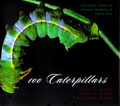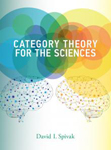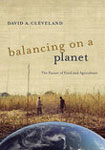Book Details

A Theory of Global Biodiversity
The authors show that global patterns of biodiversity fall into four consistent categories, according to where species live: on land or in coastal, pelagic, and deep ocean habitats. The fact that most species groups, from bacteria to whales, appear to follow similar biogeographic patterns of richness within these habitats points toward some underlying structuring principles. Based on empirical analyses of environmental correlates across these habitats, the authors combine aspects of neutral, metabolic, and niche theory into one unifying framework. Applying it to model terrestrial and marine realms, the authors demonstrate that a relatively simple theory that incorporates temperature and community size as driving variables is able to explain divergent patterns of species richness at a global scale.
Integrating ecological and evolutionary perspectives, A Theory of Global Biodiversity yields surprising insights into the fundamental mechanisms that shape the distribution of life on our planet.
1. Introduction
2. Observed Patterns of Global Biodiversity
3. Drivers and Predictors of Global Biodiversity
4. Developing a Theory of Global Biodiversity
5. Predicting Global Biodiversity Patterns from Theory
6. Conservation Applications
7. Conclusions
References
Index

Sustainability Management : Lessons from and for New York City, America, and the Planet

Biological Resource Centers : Knowledge Hubs for the Life Sciences

100 CATERPILLARS : PORTRAITS FROM THE TROPICAL FORESTS OF COSTA RICA

MATHEMATICS AND COMPUTATION : A THEORY REVOLUTIONIZING TECHNOLOGY AND SCIENCE

ADVANCED TOPICS IN GLOBAL INFORMATION MANAGEMENT VOL 4 (SC)
Popular Picks on the Month












